ECOASIS Project
100% off-grid high-power EV charging infrastructure hub

Ecoasis is a new and disruptive concept that makes it possible, anywhere in the world, to build a refuelling station for electric or hydrogen vehicles, without the need for connection to the electricity grid. The energy is supplied by renewable generation sources located in or near the service station itself.
The ECOASIS project offers a self-sufficient, environmentally friendly alternative to existing service stations, and proposes new options that will facilitate the consolidation of the electric vehicle charging infrastructure.
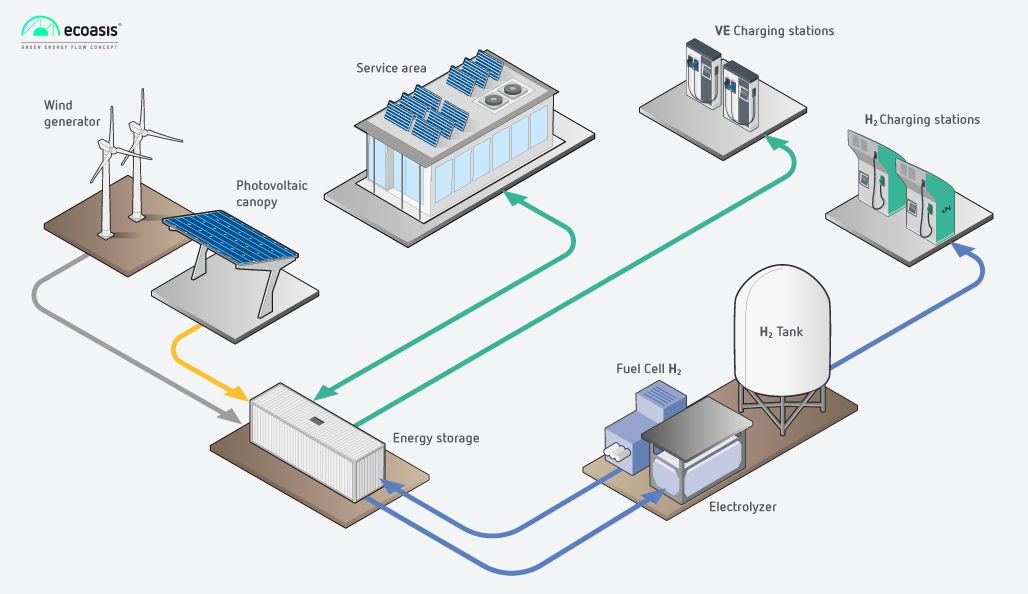
LITHIUM BATTERY
Electrical energy storage using a lithium salt as electrolyte, which provides the ions necessary for the reversible electrochemical reaction that takes place between the cathode and anode. It provides the ions necessary for the reversible electrochemical reaction that takes place between the cathode and anode.
When the battery is connected, the lithium ions move from the anode to the cathode through an electrolyte, which produces the current. When the battery is charged, the lithium ions return to the anode.
ECOASIS function
Main node of the electrical system.
Its function is to store energy, when it is available, and to supply it with high currents to minimize the EV recharge time.
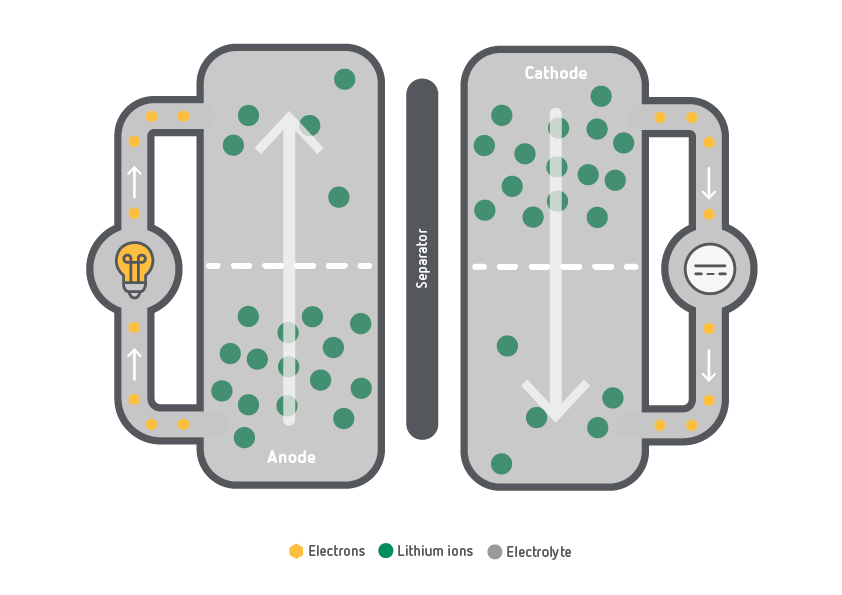
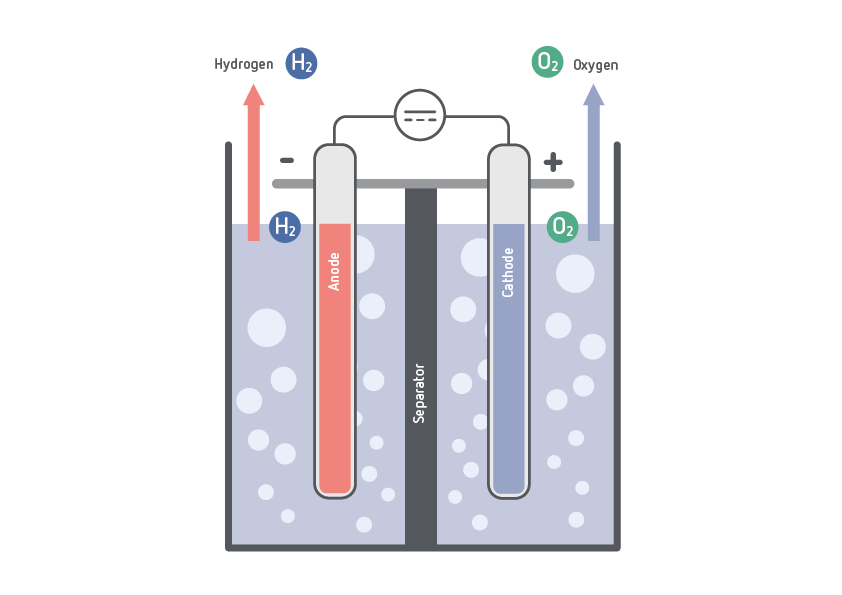
ELECTROLYZER
An electrolyzer uses electricity to break down water into hydrogen and oxygen. Each electrode attracts ions of opposite charge.
Negative ions, or anions, are attracted and move toward the anode (positive electrode) releasing oxygen.
Positive ions, or cations, are attracted and move toward the cathode (negative electrode) releasing hydrogen.
ECOASIS function
Converting electricity into hydrogen.
When the forecasted need for H2 exceeds the forecasted availability by solar and/or wind recharge.
HYDROGEN FUEL CELL
A fuel cell is an electrochemical device that directly transforms chemical energy into electrical energy. It uses hydrogen and oxygen to produce water, electricity in the form of direct current and heat.
On the anode side, the incoming hydrogen dissociates into protons and electrons. The electrons are forced to travel through an external circuit. At the cathode catalyst, oxygen molecules react with the electrons and protons to form water.
ECOASIS function
Convert hydrogen into electricity to recharge the lithium battery.
When the expected need for electricity exceeds the expected availability from solar and/or wind recharging.
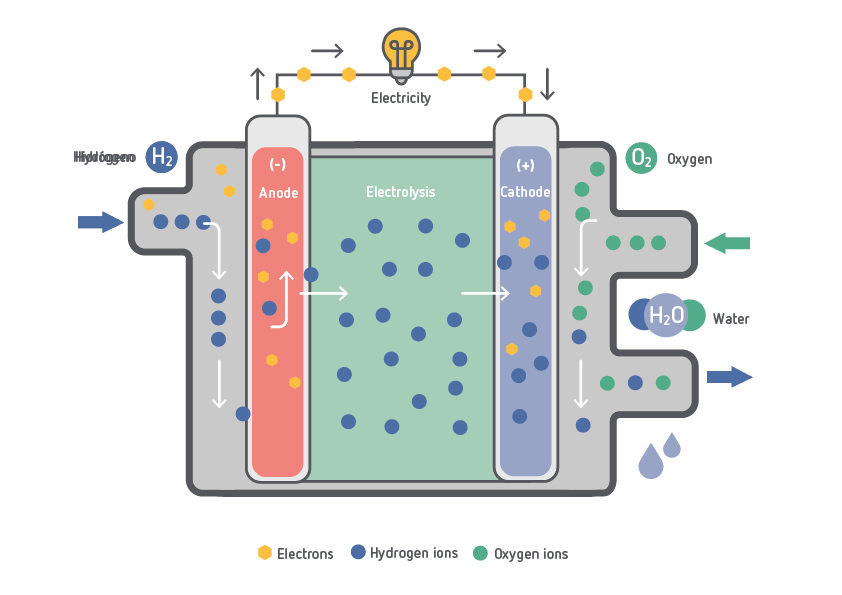

HYDROGEN TANK
For years, and especially with the emergence of the hydrogen vehicle, many lines of research have been opened to store as much hydrogen in the smallest possible volume.
There is a very simple calculation, assuming that today, the hydrogen cell car has a consumption of about 29 kWh per 100 km, which can be translated into 0.9 kg of hydrogen per 100 km.
ECOASIS function
It is the main node of the hydrogen system.
Its function is to store gas and supply it at high pressures to maximize the range of the hydrogen vehicle.
PHOTOVOLTAIC CANOPY
This solution allows to produce energy during solar hours, to cover part of the electrical consumption of an installation, as well as the recharging of vehicles.
ECOASIS function
Capture of photovoltaic energy from the sun for conversion into electrical energy that is stored in the lithium battery.
In addition to this function, they also provide shade for parking vehicles. This indirectly results in greater efficiency. As the EV is not heated by the sun, we will not use energy to run the air conditioning.


ELECTRIC VEHICLE CHARGER
Fast charging equipment. The power system is optimized by working directly connected to the ECOASIS lithium battery.
ECOASIS function
Connection interface between the electric vehicle and the lithium battery.
The whole process of connection, safety and charge management is automated.
WIND GENERATOR
The mini-wind generators have advanced a lot technologically, they are already able to generate with winds as low as 2 m/s.
They complement perfectly with solar canopies with lithium battery.
ECOASIS function
Captures mechanical energy from the wind for conversion to electrical energy.
The capture of the mechanical energy of the wind for its conversion to electrical energy that is accumulated in the lithium battery, or to feed the electrolyzer that will generate green hydrogen.
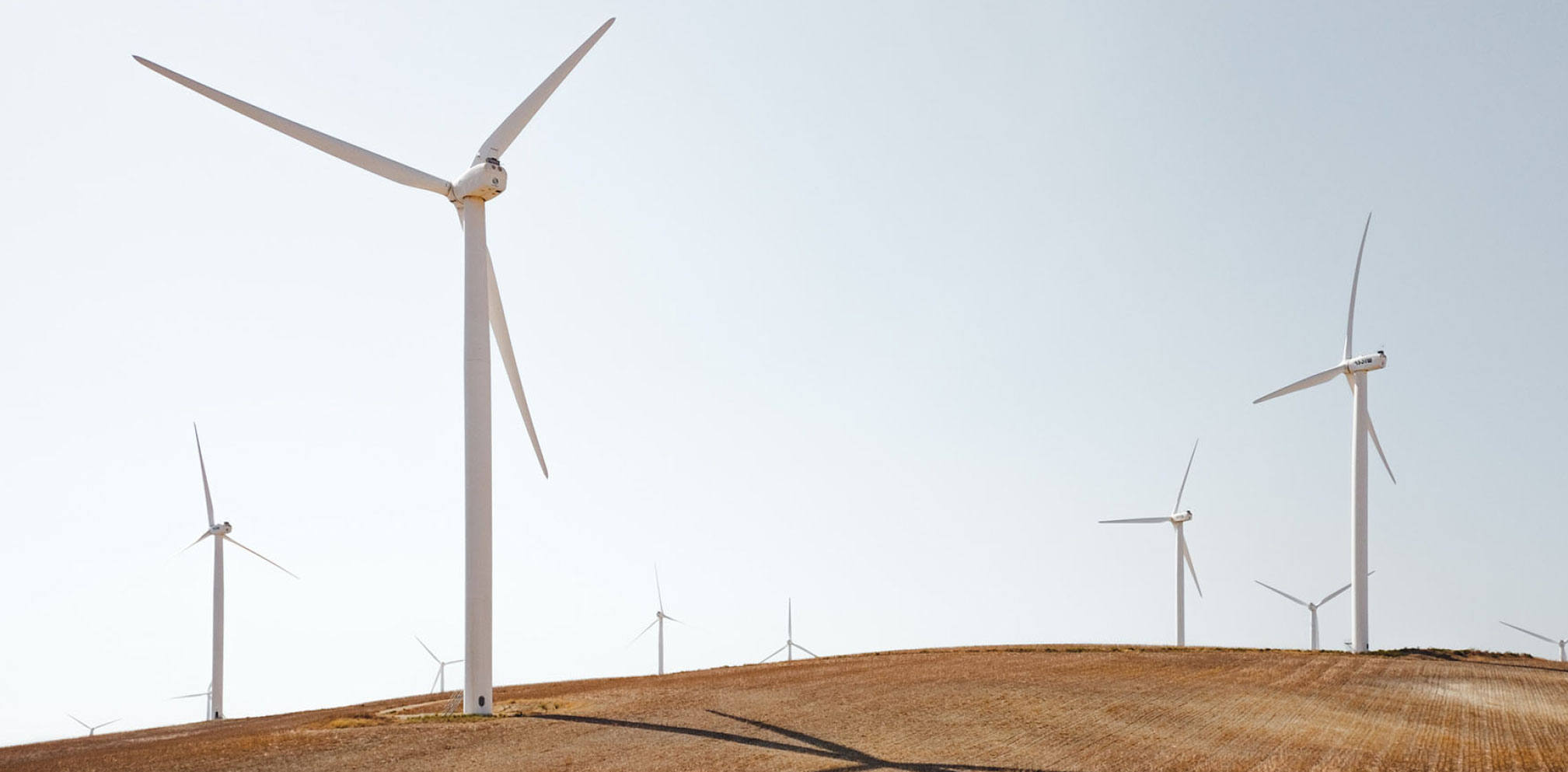

HYDROGEN DISPENSER
The hydrogen dispenser, before starting the recharge and once the charging hose is attached, performs a series of tests to ensure the tightness of the connection, ensuring the impossibility of leaks during the recharge process.
The user can select between a full chargeor for a given value of money, just like a standard dispenser.
ECOASIS function
Connection interface between the hydrogen vehicle and the tank.
The entire connection, safety and refueling management process is automated.
CDTI
The CDTI-E.P.E. is a Public Business Entity, dependent on the Ministry of Science and Innovation, which promotes the innovation and technological development of Spanish companies at national and international level.
Thus, the CDTI’s objective is to contribute to the improvement of the technological level of Spanish companies.